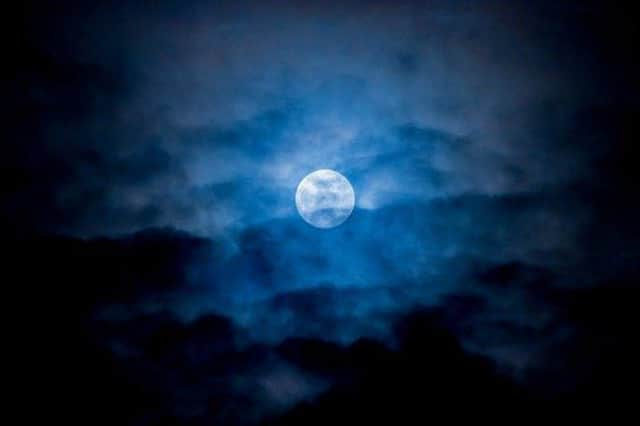How to see the first Super Blue Blood Moon for nearly 150 years this week


This will be the first one seen since 1886.
In fact, you’ll have chance to see a Blue Moon, a total lunar eclipse and a supermoon. All on the night of January 31.
What is a ‘Super Blue Blood Moon’?


The components of the Super Blue Blood Moon are not all that rare when taken on their own.
Advertisement
Hide AdAdvertisement
Hide AdA blue moon – the second full moon in a calendar month – occurs every few years, and after January it will only be a wait of two months before we get the next one in March.
A lunar eclipse takes place when the moon passes through the Earth’s shadow, turning it a reddish hue.
How dramatic the eclipse is depends on your position on the globe.


A supermoon comes when the moon reaches the point in its orbit when it’s at its closest to Earth – its perigee – appearing 14 percent larger and about 30 percent brighter than usual.
Advertisement
Hide AdAdvertisement
Hide AdA calendar year can see up to four supermoons. But all of these occurring at the same time is far more unusual.
How to see it
The full lunar eclipse will only be visible over the Eastern Hemisphere. The best places to view it will be Asia, Indonesia, New Zealand and Australia.
However, those of us in Britain will still get to see a bright supermoon. For the best effects you’ll want to catch a glimpse when it is closer to the horizon.
The Royal Observatory Greenwich’s advice is to seek it out “just after sunset or sunrise” on January 31.
Advertisement
Hide AdAdvertisement
Hide Ad“It will appear enormous compared to the surrounding landscape, due to an illusion,” they said.
“During moonrise, the moon looks bigger than it is because our brain doesn’t understand that the sky is a dome. It falsely projects things near the horizon to appear larger than they actually are.”
Despite the name, the moon will not turn blue, and the phrase ‘blue moon’ has nothing to do with the actual colour of the moon.
It’s believed the phrase may have originated through folk etymology, with “blue” replacing the old word belewe – ‘to betray’.
Advertisement
Hide AdAdvertisement
Hide AdA “betrayer moon” could then refer to a moon that would normally be the full moon of spring, but was “traitorous” in that people would have to continue fasting for another month in accordance with Lent.
On January 31, the moon will set in UK skies at 7.12 am, and rise again at 5.47 pm. Just before moonset and after moonrise is the best time to get the supermoon’s full effect, when it is closer to the horizon